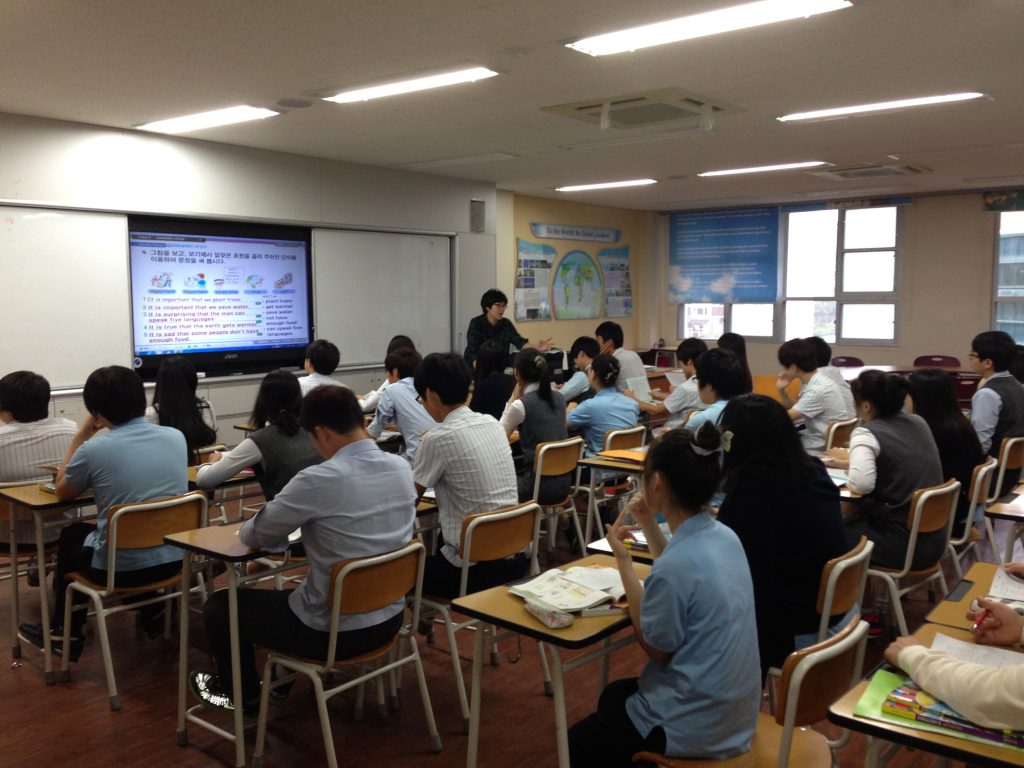The pace of technological change is increasing, and the fast rate of evolution affects just about every aspect of modern life and that applies to commercial interior design too. New technologies are being developed all the time that can be used to create more efficient, sustainable, and attractive commercial interiors. Commercial interior designers must be aware of these technologies and understand how to integrate them effectively. It’s challenging, but worthwhile, to explore how some of these technologies are impacting commercial interiors now and how they’ll continue to do so in the future.
Here are some examples of new technology that can be integrated into design plans already:
- Smart lighting: Smart lighting systems can be used to control the brightness and color of lights in a space. This can help to create a more comfortable and productive environment for your clients.
- Smart thermostats: Smart thermostats can be used to control the temperature within a space. This can help to conserve energy and improve the comfort of your clients.
- Smart security systems: Smart security systems can be used to monitor the security of a space. This can help to protect your clients’ belongings and reduce the risk of theft.
- Smart sensors: These can be used to monitor traffic flow and collect data on how people use public spaces.
- Smart displays: These can be used to provide information, entertainment, and support wayfinding.
- Smart water management: This can help buildings and other facilities conserve water, reduce flooding, and improve water quality.
- Smart waste management: This can help buildings reduce waste, improve recycling, and improve air quality.
Some of these technologies touch commercial interiors directly and some of them play a supporting role. In any case, commercial designers have an obligation to determine how to integrate these technologies and how to keep high tech environments human-scaled and human-centric.
The benefits of using new technology in commercial interior design
Using new technology in commercial interiors and integrating these new products and systems can have immediate and lasting effects on spaces where people work, learn and congregate.
- Increased efficiency: The right use of technology in a building can make buildings more energy-efficient and people friendly at the same time.
- Improved experiences: Whether it’s maintaining a comfortable temperature, adjusting lighting levels automatically or monitoring the air quality, integrated technology can make people more productive and healthier.
- Improved collaboration: New technology can help to improve collaboration between students and teachers, workers and managers, or doctors and patients.

Here are some ideas about how to design a commercial interior that integrates new technology:
- Use flexible furniture and finishes. Furniture and finishes that are flexible and adaptable will allow changes to the layout of a space as needed. For example, Polyvision Wall Systems or other products like have flexibility built right into them. These products allow for the fast reconfiguration of open spaces as needs change over time.
- Create a space that is conducive to collaboration. Technology has made it possible for people to collaborate from anywhere, but it’s still important to create a space where people can come together to work. This could include creating a central workspace, or it could include providing areas for people to work in groups.
- Make use of natural light. Natural light has been shown to improve productivity and reduce stress. When natural light isn’t an option, programmable smart lighting can mimic natural light automatically.
- Install smart and programmable, energy-efficient lighting and HVAC systems. Energy-efficient systems will help to reduce energy bills and a building’s environmental impact.
Leave room for future technology
When designing commercial spaces, it is important to leave room for future technology. A good illustration is this: 30 years ago, offices were hard wired for fax machines and bulky desktop computers. All that wire determined the placement of cubicles and conference rooms, and large sums of money went into accommodating what was then high tech. What’s considered to be high tech today won’t look like high tech 30 years from now, so the challenge is to design spaces that accommodate new technology as it arises.
Integrating new technology into commercial spaces can be a challenge to get just right, but with the right combination of planning and flexibility, commercial interior design can improve the productivity and wellbeing of the people who’ll use those designed commercial spaces.